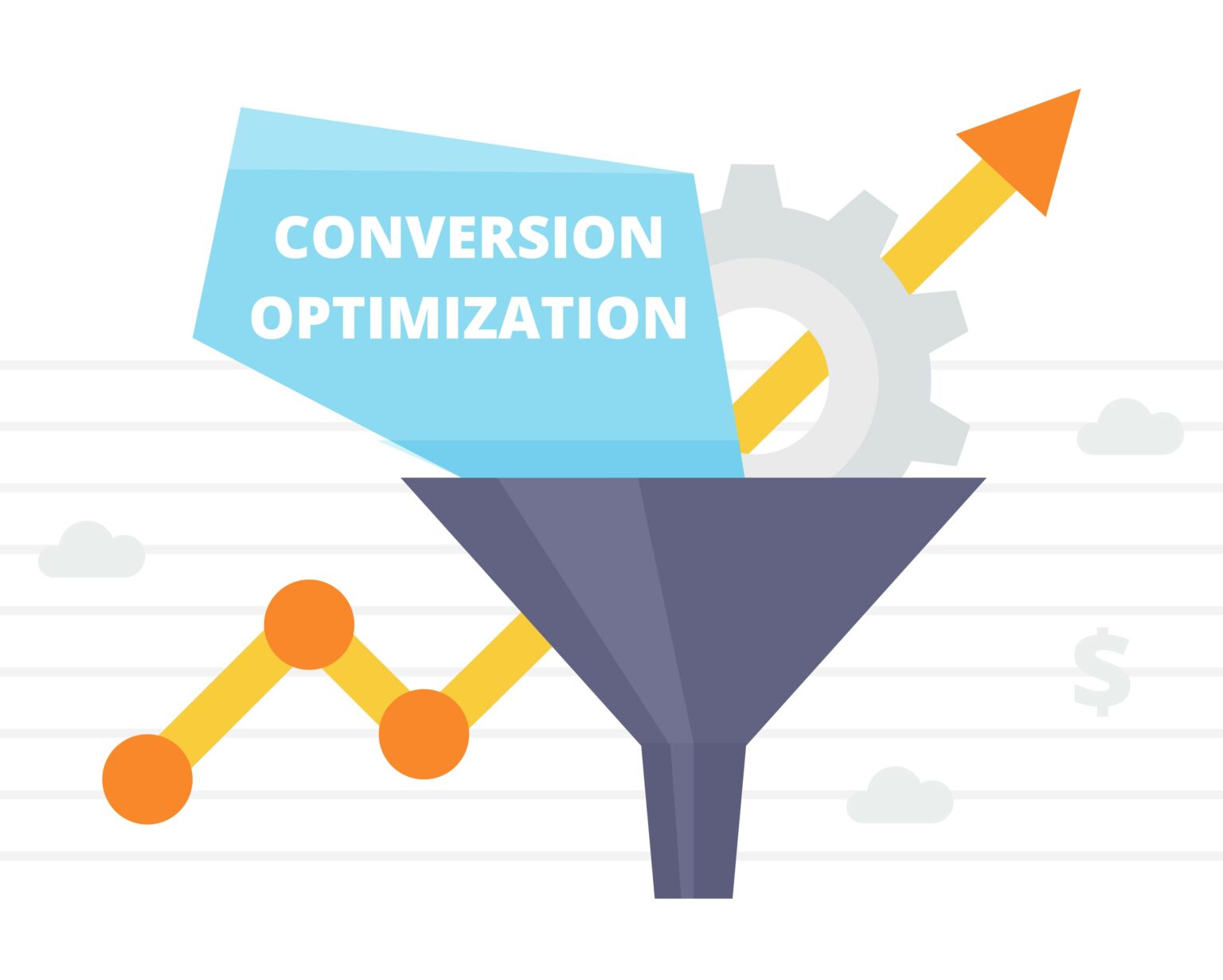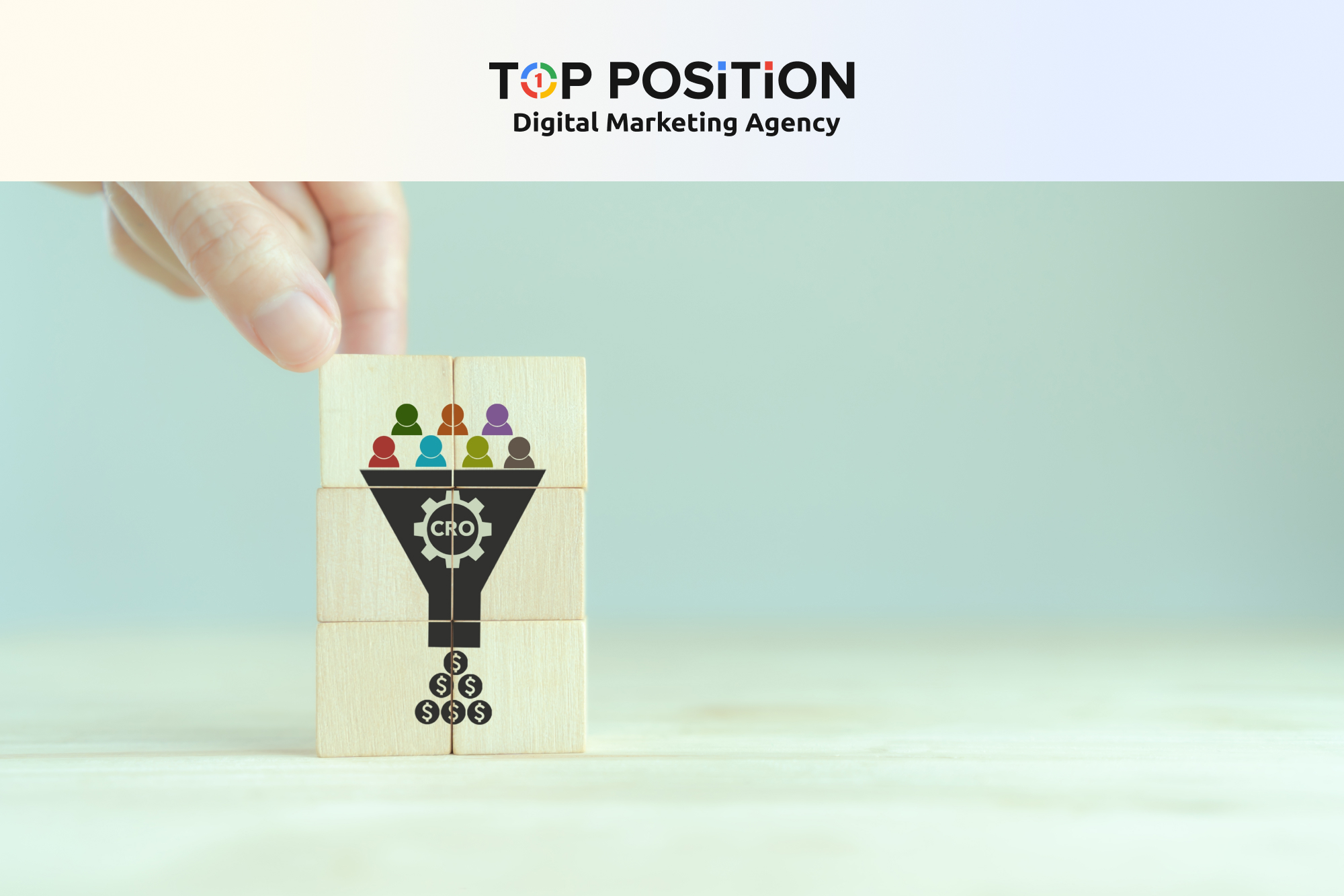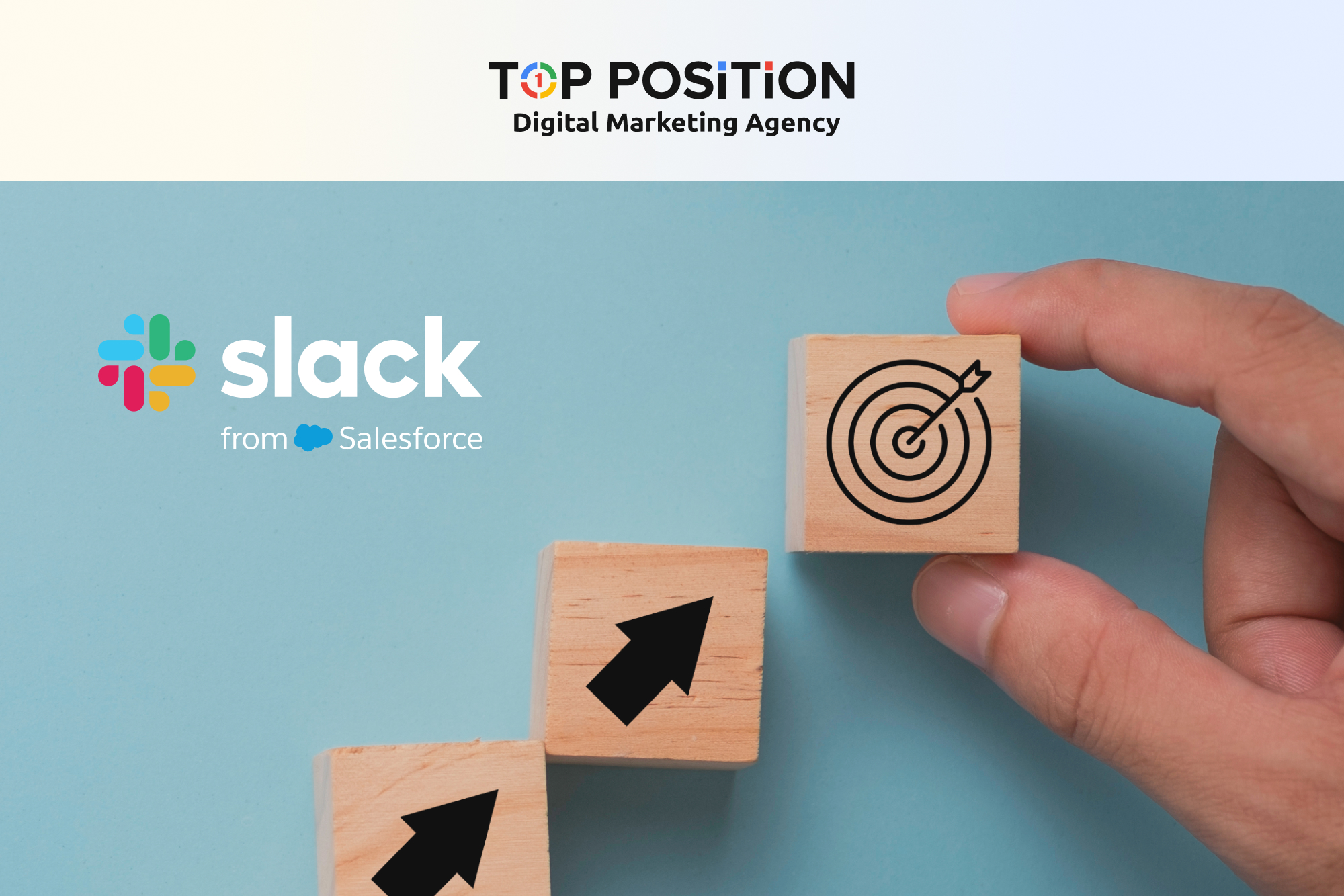A strong online presence is no longer enough for brands and companies to thrive in the digital world. Businesses need to actively convert website visitors into paying customers. This is where Conversion Rate Optimization (CRO) comes in. By strategically refining your website and user experience, CRO helps you maximize conversions and boost your bottom line.
As we head into 2024, let’s explore the top CRO optimization trends that will shape the digital marketing landscape:
Here are 10 trends that will shape CRO traffic and conversion in 2024:

1. Hyper-Personalization
Customers today crave personalized experiences. In 2024, CRO will leverage user data and AI to deliver custom content, product recommendations, and website experiences that resonate with each individual visitor.
Additionally, SEO services can be employed to target relevant keywords and optimize website content to attract high-value visitors who are more likely to convert. That said, hyper-personalization takes website personalization to the next level. It goes beyond static segments and generic messaging to create a truly individualized experience for each visitor. Imagine a website that feels like it knows you – that’s the power of hyper-personalization in CRO.
Key Features
- Data is King: Hyper-personalization relies heavily on data collection. This includes user demographics, browsing behavior, purchase history, past interactions, location, and even real-time data like what device they’re using or the time of day.
- Real-time Analysis: Advanced analytics tools crunch this data in real-time, allowing the website to adapt to each visitor’s unique profile.
- Customization on Steroids: Based on the analysis, the website dynamically adjusts content, product recommendations, CTAs, and even the overall layout to resonate with the individual.
2. Mobile-First Optimization
Focusing solely on desktop website design is a recipe for disaster. Conversion Rate Optimization (CRO) in 2024 demands a mobile-first approach. CRO case studies tell us that mobile devices now account for the lion’s share of web traffic. If your website isn’t optimized for mobile, you’re essentially turning away a massive chunk of potential customers.
Here’s where a digital marketing agency can be your secret weapon. A skilled agency can conduct a comprehensive audit of your website, identifying areas for improvement specifically for mobile users. They can help you optimize website speed, design user-friendly interfaces for touchscreens, and ensure your website delivers a seamless experience across all devices.
Mobile users are a fickle bunch. They expect websites to load quickly, navigate effortlessly, and display content formatted specifically for their device. A slow, clunky mobile experience guarantees one thing – user abandonment. First impressions are crucial, and a seamless mobile experience is key to keeping users engaged and fostering positive brand perception.
Key Benefits
Here’s why prioritizing mobile-first optimization is a non-negotiable for CRO success:
- Mobile Dominates Web Traffic: The numbers speak for themselves – well over half of all web traffic now originates from mobile devices. Ignoring this reality means ignoring a significant portion of your target audience.
- Speed: Mobile users have short attention spans and zero tolerance for slow loading times. If your website takes forever to load on their phone, they’ll bounce faster than you can say “conversion opportunity missed.” Optimizing images, minimizing redirects, and leveraging caching are all crucial steps in ensuring a speedy mobile experience.
- User Behavior Matters: Mobile users interact with websites differently than desktop users. They rely on taps, swipes, and scrolls. Your website needs to cater to these mobile-specific behaviors by offering clear calls to action and user-friendly buttons that are easy to tap, even with one hand. Responsive design is key – it ensures your website’s layout and content automatically adjust to fit the screen size of any device, guaranteeing a consistent and optimal user experience across the board.
3. The Rise of Chatbots
AI-powered chatbots will play a bigger role in CRO by offering 24/7 customer support, answering questions, and guiding users through the conversion funnel.
Traditionally, customer support relied on human representatives, often leading to wait times and limited availability. Chatbots, however, offer 24/7 assistance and are readily available to answer questions, address concerns, and provide real-time guidance to website visitors.
Imagine a potential customer browsing your online store, unsure about a product’s features. A well-designed chatbot can step in, answer their questions, and even recommend similar products based on their interests. This personalized approach fosters trust and increases the likelihood of a conversion.
But chatbots offer more than just basic customer service. They can be strategically deployed throughout the conversion funnel to nudge users toward the desired action. For instance, a chatbot can greet visitors upon arrival, offer product recommendations, or even guide them through the checkout process.
This personalized hand-holding can significantly improve conversion rates, especially for complex transactions.
4. Account-Based Marketing (ABM) for E-commerce
Traditionally, e-commerce marketing has focused on broad strategies to attract a large pool of potential customers. However, 2024 is seeing a rise in a more targeted approach – Account-Based Marketing (ABM) for e-commerce. This strategy, typically used in B2B marketing, is being adapted to cater to high-value customers in the online retail space.
ABM for e-commerce involves identifying specific customer segments with a high potential lifetime value. These could be frequent buyers, customers who spend a significant amount per purchase, or those who belong to a niche with specific interests.
For this to work effectively, you’re likely going to need web design and development services. Once these high-value segments are identified, the focus shifts from generic marketing blasts to crafting personalized campaigns that resonate deeply with these targeted audiences.
For instance, imagine an e-commerce store specializing in outdoor gear. An ABM strategy might target frequent hikers with a high average order value. Web design services could be used to create a dedicated landing page for this segment, showcasing curated product collections for different types of hiking adventures, offering loyalty program benefits, and featuring testimonials from satisfied hiker customers.
5. The Power of User-Generated Content (UGC)
Traditional advertising can feel impersonal and inauthentic. This is where User-Generated Content (UGC) shines. UGC refers to content created by users – reviews, photos, videos, social media posts – that features a brand, product, or service. The power of UGC lies in its ability to build trust and credibility in a way that traditional marketing often can’t.
Benefits
UGC resonates with audiences on a deeper level than traditional advertising. Here’s why:
- Trust and Credibility: People trust the opinions and experiences of their peers more than they trust promotional messages from brands. UGC feels genuine and unbiased, showcasing real people using and enjoying your products. This authenticity builds trust and credibility, ultimately influencing purchase decisions.
- Social Proof: UGC taps into the power of social proof. When potential customers see others using and loving your products, it validates the value you offer. Positive reviews, testimonials, and social media mentions act as a virtual thumbs-up, encouraging others to follow suit and convert.
6. AI-powered Messaging for Personalization

But what if personalizing website messaging wasn’t just about pre-defined segments or basic user data? Enter AI-powered messaging for personalization. This exciting trend leverages the power of artificial intelligence to craft highly individualized messages and calls to action (CTAs) for each website visitor.
Imagine a website that feels like it knows you. AI, working behind the scenes, analyzes a visitor’s behavior, browsing history, and even past interactions to understand their unique needs and interests. This allows the website to adjust its messaging dynamically.
For instance, a visitor browsing athletic wear might see CTAs promoting running shoes, while someone looking at casual wear might be presented with offers for jeans and t-shirts.
Key Benefits
The benefits of AI-powered messaging for CROs are numerous:
- Increased Relevance: Visitors are bombarded with generic marketing messages on a daily basis. AI-powered messaging cuts through the noise by delivering content and CTAs that are directly relevant to each individual. This significantly increases the chance of grabbing a visitor’s attention and driving engagement.
- Improved Conversion Rates: When users feel like they’re being spoken to directly, they’re more likely to convert. Highly relevant CTAs that resonate with a visitor’s specific needs have a higher chance of prompting action, leading to increased conversions and sales.
7. Retargeting Done Right
Retargeting, also known as remarketing, is a powerful CRO strategy that allows you to reconnect with website visitors who haven’t converted yet. By strategically displaying targeted ads across the web, you can remind them of your brand, nudge them back to your website, and ultimately drive more conversions.
However, simply retargeting everyone who visits your site isn’t enough. Here’s how to do retargeting right in 2024:
Embrace Personalization
Gone are the days of generic retargeting ads. Today’s consumers expect a personalized experience. Leverage visitor data to tailor your retargeting campaigns. For example, someone who browsed a specific product page can be shown ads featuring that same product, while someone who abandoned their cart might receive a discount offer to incentivize completion.
Segment Your Audience
- Don’t treat all website visitors the same way. Segment your audience based on their behavior and interests. This allows you to deliver more relevant and impactful retargeting ads. You could segment by:
- Product Categories: Show shoe ads to those who looked at shoes, not kitchenware.
- Stages in the Buyer’s Journey: Offer educational content to those in the awareness stage and special promotions to those closer to conversion.
- Time Since Last Visit: Target recent visitors with gentle reminders and use stronger incentives for those who haven’t interacted in a while.
Frequency Matters
There’s a fine line between reminding and bombarding. Find the right balance in terms of ad frequency. Seeing your ads too often can backfire and annoy potential customers. Use retargeting frequency caps to limit how many times a user sees your ad within a specific timeframe.
8. User Research

Understanding your target audience is a major attribute that will help create a successful CRO. In 2024, businesses will prioritize user research through surveys, user testing, and heatmaps to gain valuable insights into user behavior and pain points.
Don’t just rely on organic traffic – supercharge your CRO efforts with targeted PPC services! A well-crafted PPC (Pay-Per-Click) strategy can complement your CRO efforts by driving high-quality, qualified leads to your website
This process also serves as the foundation for any successful CRO strategy, providing valid insights into the minds and behaviors of your target audience.
Picture yourself building a house without a blueprint. User research is akin to that blueprint – it helps you understand your website visitors’ needs, wants, and pain points. This understanding allows you to optimize your website for a seamless user experience, ultimately leading to higher conversions.
9. Building Trust Signals for Increased Conversions
While a sleek design and compelling offers are important, building trust is paramount for driving conversions. This is where trust signals come in. These are elements on your website that reassure visitors of your legitimacy, security, and commitment to a positive customer experience.
Here are some key trust signals to integrate into your CRO strategy:
- Security Seals and SSL Certificates: Display prominent security seals and SSL certificates to assure visitors that their financial information is protected during transactions.
- Clear and Transparent Policies: Make your privacy policy, return policy, and terms of service readily available and easy to understand. Transparency fosters trust and shows your commitment to responsible data practices.
- Customer Reviews and Testimonials: Positive feedback from satisfied customers is a powerful trust signal. Showcase genuine reviews and testimonials on product pages and throughout your website.
- Awards and Recognitions: If your business has received awards or recognition from reputable organizations, showcase them on your website. External validation adds credibility and fosters trust.
10. The Video Boom Continues
Videos are a powerful tool for engagement and education. CRO will leverage video content throughout the customer journey, from product demonstrations to explainer videos that address customer concerns.
Here are some ways to leverage the power of video for CRO:
- Hero Videos: Use captivating hero videos on your website’s homepage to grab visitor attention and introduce your brand story.
- Product Demos and Explainer Videos: Showcase your products or services in action with informative and engaging product demonstration videos. Explainer videos can address common customer questions and concerns, building trust and confidence.
- Social Proof Videos: Utilize user-generated video content like customer reviews or social media mentions to create a sense of social proof and authenticity.
- Behind-the-Scenes Videos: Offer viewers a glimpse into your company culture and values with behind-the-scenes videos. This fosters a sense of connection and transparency, building trust with your audience.
Summary
The future of Conversion Rate Optimization (CRO) is bright. As we’ve explored, several key trends are poised to shape the landscape in 2024 and beyond. From the hyper-personalization enabled by AI to the undeniable power of user-generated content, businesses have a wealth of tools and strategies to craft compelling user experiences.
However, at the heart of every successful CRO strategy lies a fundamental principle: understanding your users.
Are you ready to take your CRO efforts to the next level? Let Top Position do the work for you so you’ll get more customers without struggling with the technical aspects of conversion. Let us drive customers to your business and keep your sales team busy! Contact us, and let’s talk business!



